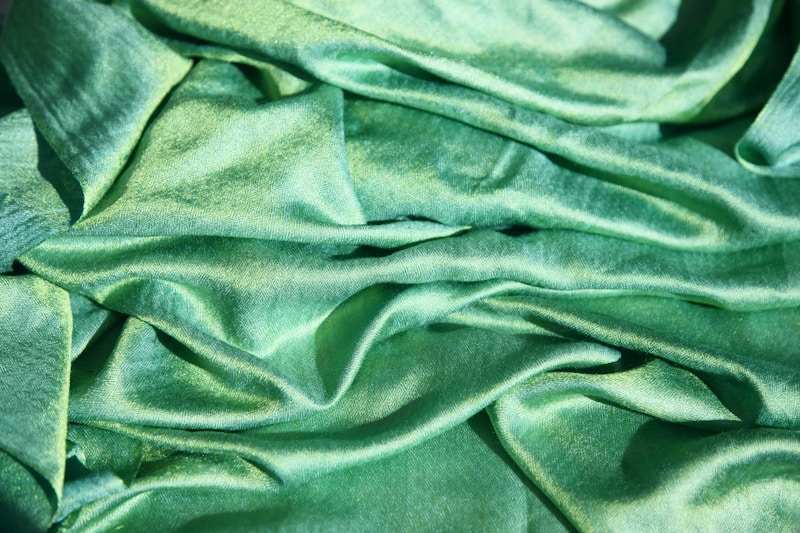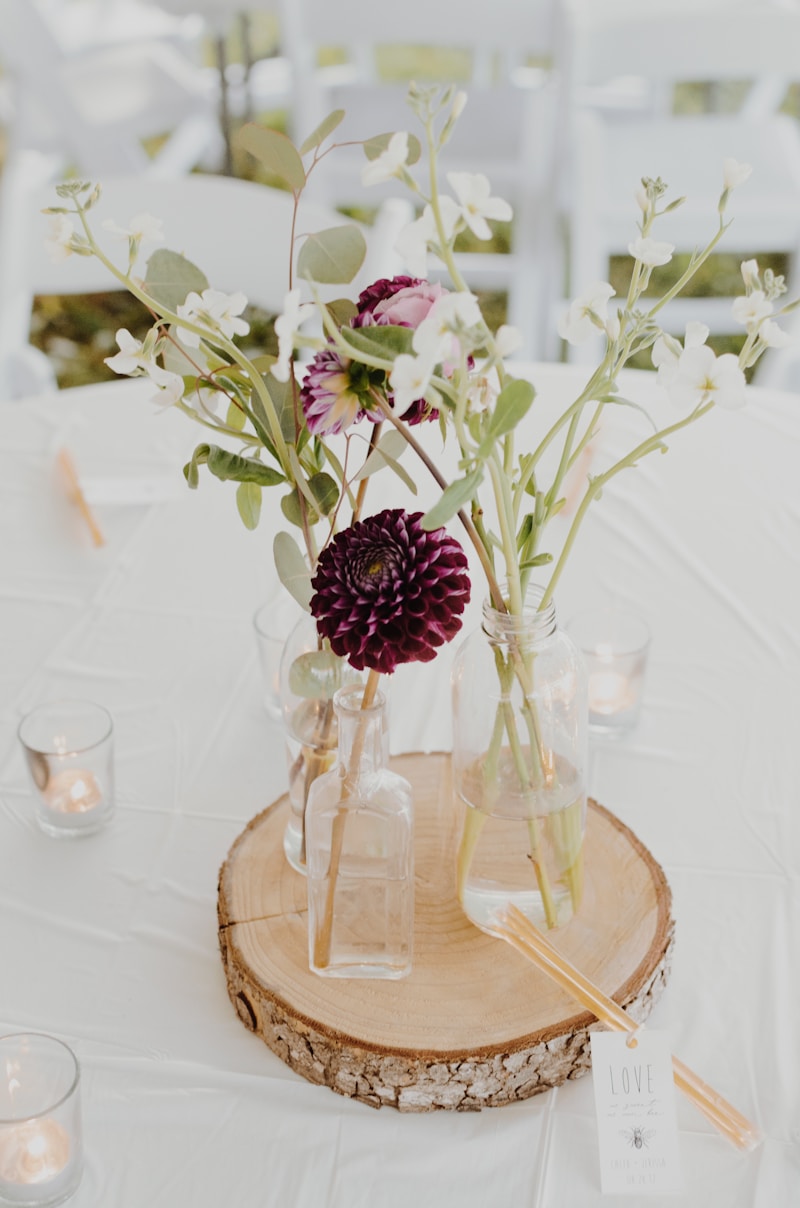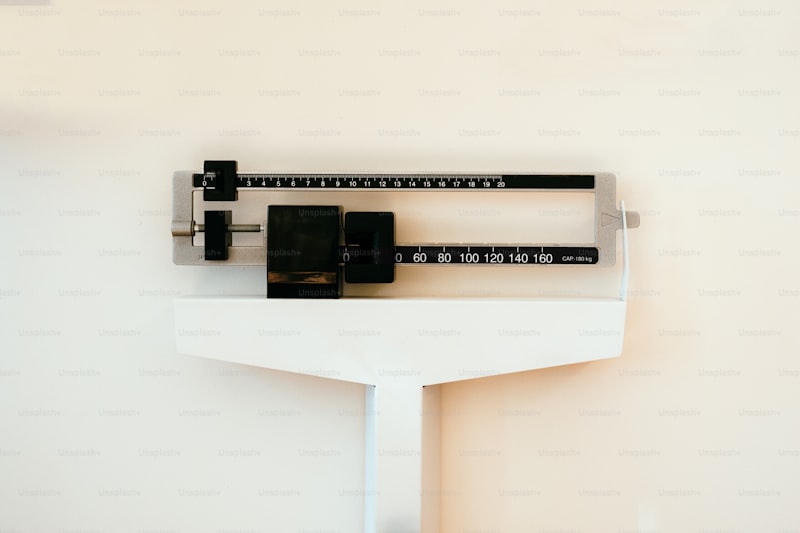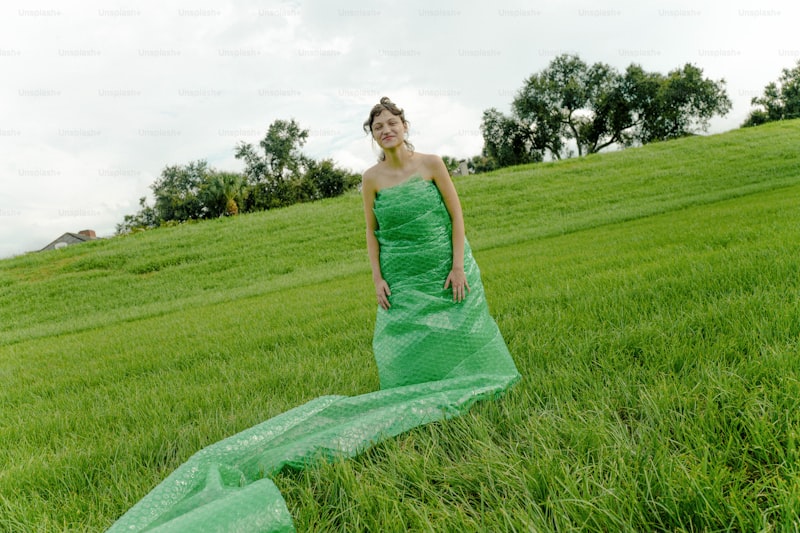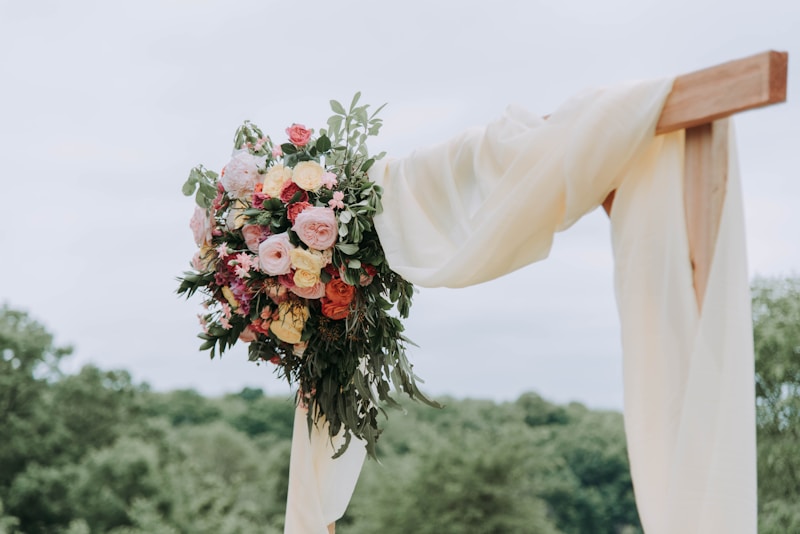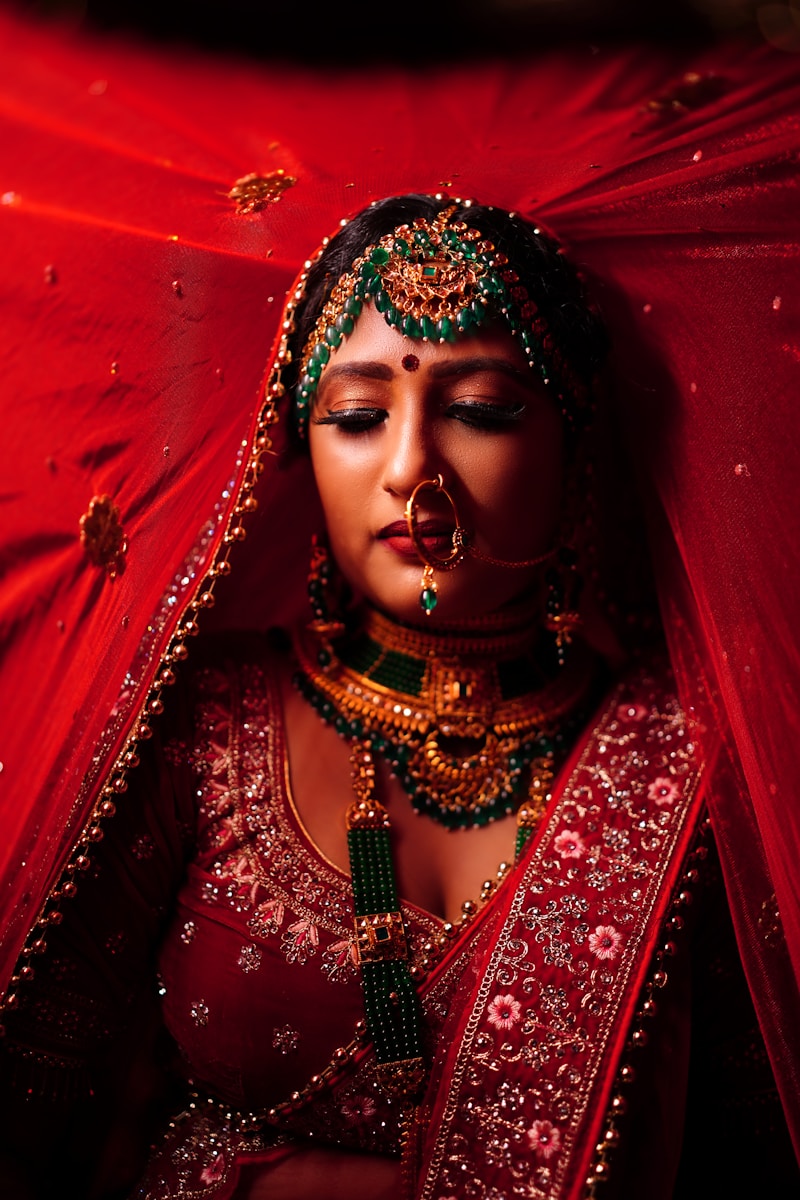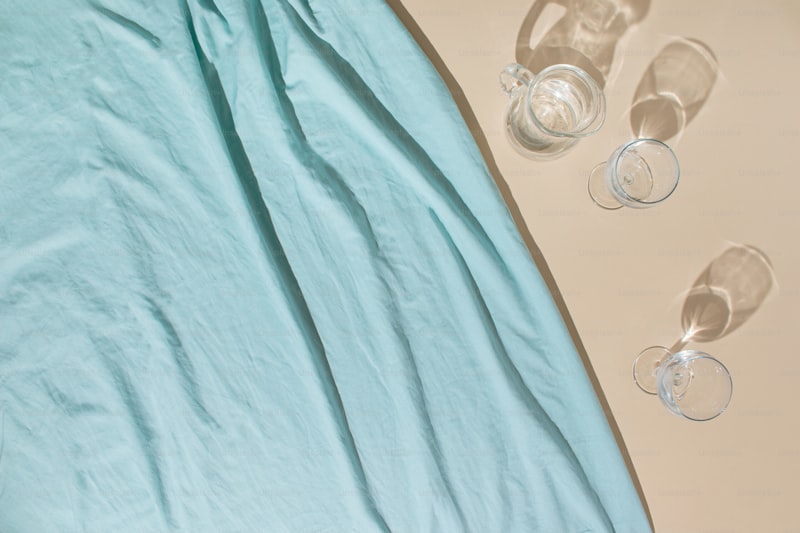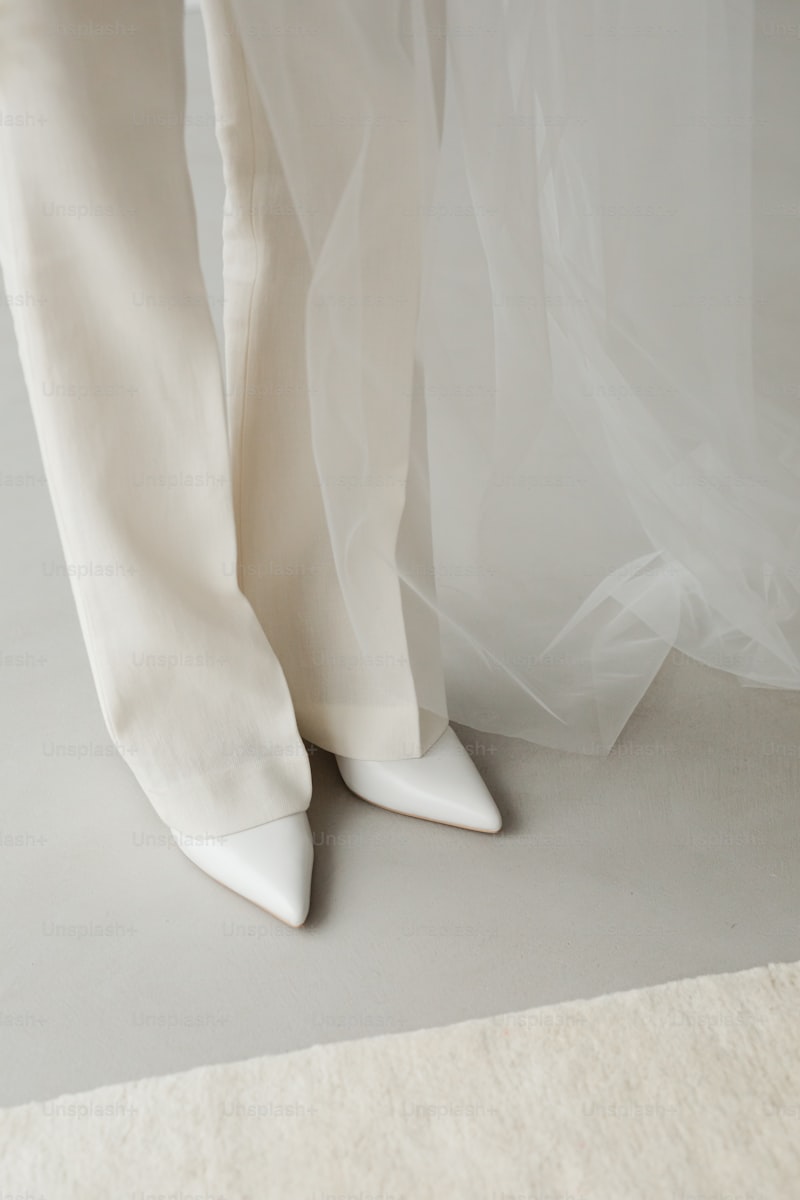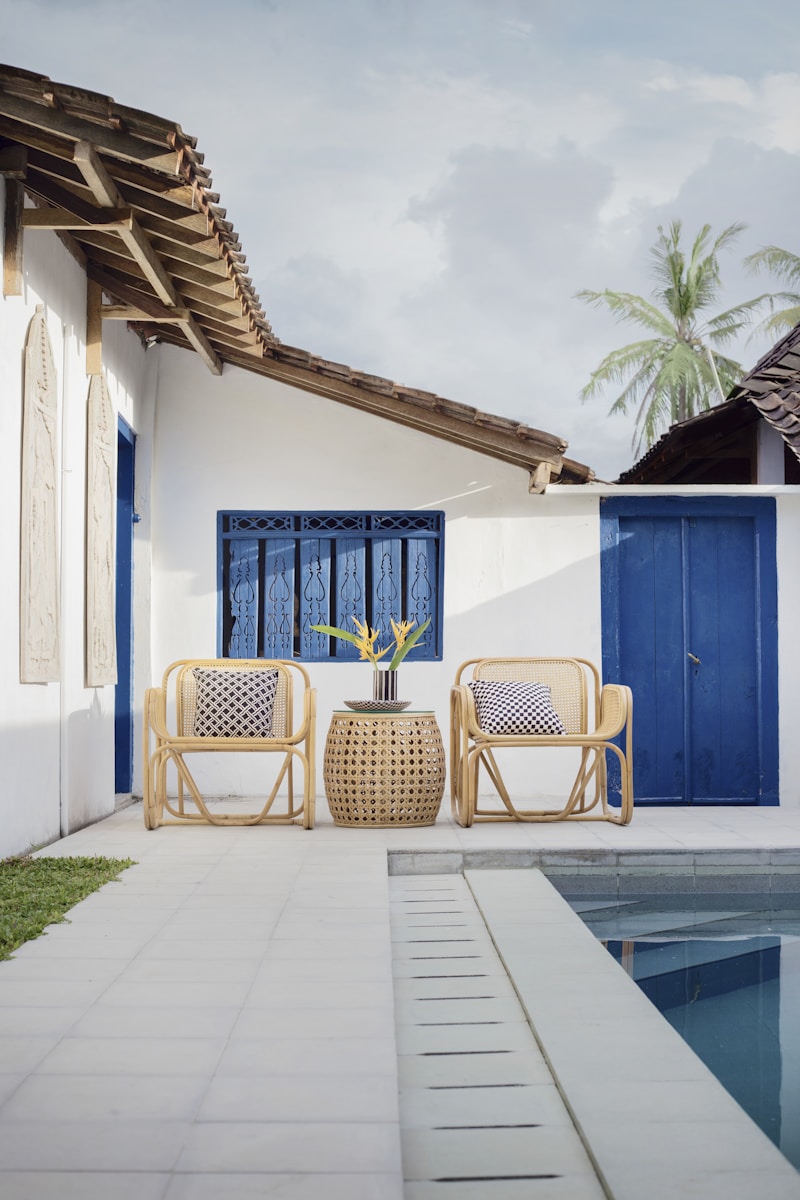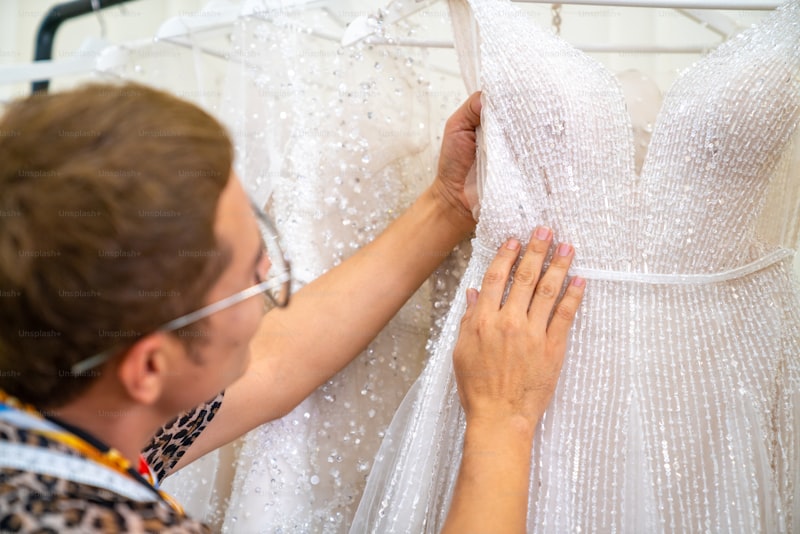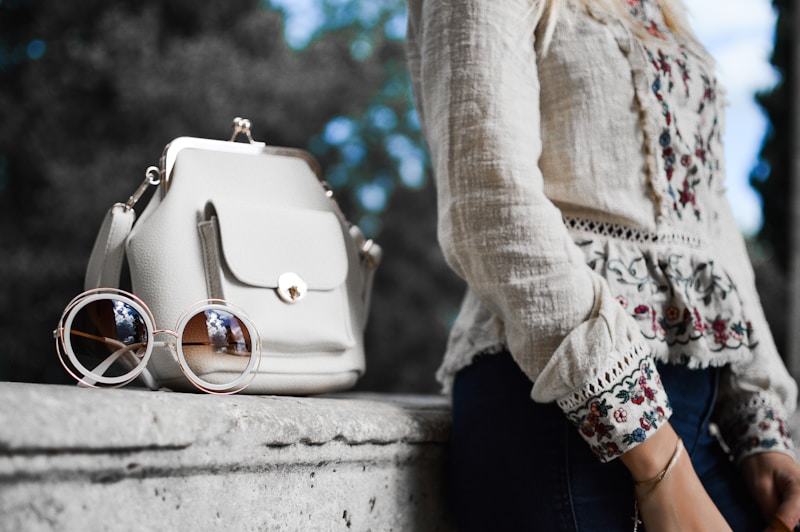The Evolution of Fabric Trends in Bridal Wear
Bridal wear has undergone a significant transformation over the decades, with fabric trends playing a crucial role in shaping the aesthetic and functionality of wedding attire. This article delves into the evolution of fabric trends in bridal wear, tracing how changes in society, technology, and personal preferences have influenced what brides choose to wear on their special day. From luxurious silks to sustainable fabrics, the options available have expanded tremendously. Let's explore this fascinating journey.Historical Overview of Bridal Fabric TrendsTraditionally, bridal wear was primarily made from heavy fabrics like satin, taffeta, and lace. These materials symbolized wealth and status, often reserved for the upper echelons of society. As we moved into the 20th century, several pivotal moments altered the landscape of bridal fashion:Time PeriodFabric TrendDescription1920sSilk ChiffonLightweight and airy, perfect for the flapper bride.1950sTaffetaStructured and voluminous, reflecting post-war opulence.1980sLaceHeavily adorned and romantic, a symbol of extravagance.2000sOrganzaSheer and modern, often layered for a contemporary look.2010s+Sustainable FabricsEco-friendly materials becoming popular in bridal design.Fabric Innovations and Technological ImpactWith advancements in textile technology, new fabric options have emerged that offer both beauty and functionality. For instance, moisture-wicking fabrics are gaining popularity among brides concerned about comfort during ...
Lace, Tulle, Satin: Weighing Your Wedding Fabric Options
Choosing the perfect fabric for your wedding attire is an essential step in planning your big day. With a variety of options available, it can be overwhelming to decide which fabric suits your vision best. Among the popular choices are lace, tulle, and satin. Each offers its own unique characteristics, advantages, and styles that can significantly impact the overall look and feel of your wedding gown. In this article, we will delve into the intricacies of each fabric, helping you make an informed decision for your special day. Understanding Wedding Fabrics When selecting a fabric for your wedding dress, consider factors such as texture, weight, draping qualities, and overall appearance. These details contribute to how the dress will flow and fit during your wedding celebration. Below are three primary fabrics to explore: Lace Lace is synonymous with romance and charm. Renowned for its delicate patterns and intricate designs, lace adds a timeless elegance to wedding gowns. Often associated with vintage bridal styles, lace can be used as an overlay, accents, or even the primary material of a wedding dress. Here are some key features of lace: Texture: Lace offers a soft, delicate texture that can evoke feelings of sophistication. Draping: Lace is generally lightweight but can be layered for a more structured silhouette. Versatility: Available in various styles—Chantilly, Alençon, and Guipure—lacing options abound. Tulle Tulle is another popular choice among brides...
Designing with Fabric: Customizing Your Wedding Dress
When it comes to one of the most important days in your life, nothing speaks more to your personality than a custom wedding dress. The essence of a wedding dress lies in its fabric, texture, and design. It is no wonder that brides-to-be are increasingly favoring the idea of designing with fabric to truly reflect their individual style. In this article, we will explore the various factors that come into play when customizing your wedding dress, focusing on fabric selection, design possibilities, and essential tips to make your dream dress a reality.The Importance of Fabric in Wedding Dress DesignFabric selection is crucial in wedding dress design as it affects not just the look but also the feel and flow of the garment. Different fabrics offer varied textures, sheens, and behaviors. Here are some popular fabrics used in wedding dresses:Fabric TypeCharacteristicsSatinSoft, shiny, and luxurious; drapes beautifully.TulleLight, ethereal, often used for layering and skirts.LaceIntricate, delicate patterns; ideal for vintage styles.ChiffonFlowy and lightweight; perfect for a romantic look.OrganzaStiff and sheer; retains structure for a voluminous silhouette.Choosing the right fabric can transform your wedding dress from ordinary to extraordinary. Think about the season, location, and overall theme of your wedding when making this decision.Design Possibilities with FabricOnce you've selected the fabric, the real fun begins! Customizing your wedding dress is not just about picking a s...
Understanding Fabric Weight and Its Effect on Fit: A Comprehensive Guide
Introduction to Fabric WeightWhen it comes to clothing, the choice of fabric is crucial, not only for aesthetics but also for fit and comfort. One of the often-overlooked aspects of fabric selection is fabric weight. Understanding how fabric weight affects the fit of a garment can significantly influence your shopping experience, wardrobe choices, and overall satisfaction with your clothing. In this article, we will delve deep into the different categories of fabric weight, how it impacts fit, drape, and overall wearability, along with some essential tips on choosing the right fabric for your needs.What is Fabric Weight?Fabric weight refers to the weight of a specific area of fabric, typically measured in grams per square meter (GSM) or ounces per square yard. A heavier fabric weight generally indicates a thicker, denser material, while a lighter fabric weight denotes a thinner, more sheer material. Understanding these measurements can guide you in selecting the right fabric for various garments and occasions.Categories of Fabric WeightFabric weight can generally be classified into three main categories: lightweight, medium-weight, and heavy-weight fabrics. Each category fulfills different purposes and alters how garments fit and feel on the body.Fabric Weight CategoryDescriptionCommon UsesLightweightFabrics weighing less than 150 GSMT-shirts, summer dresses, liningsMedium-weightFabrics weighing between 150-300 GSMJackets, blouses, and trousersHeavy-weightFabrics weighing ove...
Sustainable Fabric Choices for the Modern Bride: Embracing Eco-Friendly Elegance
Introduction to Sustainable FabricsAs weddings have become one of the most cherished moments in life, brides are increasingly considering their environmental impact during this special occasion. The trend of sustainable fabric choices for the modern bride is on the rise, pushing towards eco-friendly alternatives that not only make a statement but also contribute positively to the planet. In this article, we’ll explore various sustainable fabric options available for brides, their benefits, and how they align with contemporary values.Why Choose Sustainable Fabrics?Choosing sustainable fabrics allows brides to embrace style while also being conscious of their environmental footprint. With the fashion industry being one of the largest polluters globally, making eco-friendly choices can significantly reduce pollution and waste. Here are some key reasons that justify why modern brides should opt for sustainable options:Environmental Impact: Reduces pollution, waste, and carbon footprint.Ethical Production: Often sourced from companies that pay fair wages and ensure safe working conditions.Quality and Durability: Sustainable fabrics often outlast conventional materials, offering better value over time.Unique Options: Eco-friendly fabrics can offer unique textures and finishes that set bridal styles apart.Popular Sustainable Fabric ChoicesModern brides have several sustainable fabric options, each with unique characteristics and advantages. Let’s discuss some of the most popular cho...
Mixing and Matching Fabrics for a Unique Wedding Dress: Creating Your Dream Gown
Your wedding day is one of the most memorable days in your life, and finding the perfect wedding dress is an essential part of that experience. While traditional bridal gowns can certainly be beautiful, many brides are now looking for unique styles that reflect their personality. One way to achieve this is through mixing and matching fabrics. This article will explore how to creatively combine various fabrics to design a unique wedding dress that caters to your taste and style.Understanding Fabric OptionsBefore diving into the world of fabric mixing, it's essential to understand the most popular fabrics used in wedding dresses. Different fabrics offer various textures, weights, and sheens, contributing to the overall appearance of the gown. Below is a brief overview of some popular wedding dress fabrics:Fabric TypeDescriptionSilkLuxurious and smooth, silk has a natural sheen and drapes beautifully.LaceOften used for overlays, lace adds a delicate and romantic touch to any gown.ChiffonA light and airy fabric that flows beautifully, ideal for ethereal designs.TulleStiff and voluminous, tulle is commonly used for skirts and veils.SatinWith a high sheen and smooth surface, satin provides a structured look.Why Mix and Match Fabrics?Mixing and matching fabrics allow brides to create a gown that stands out while expressing their individual style. By combining different textures and hues, brides can add depth and intrigue to their dresses. Here are some compelling reasons to explore ...
Inspirational Bridal Fabrics from Around the World: A Global Guide to Elegant Wedding Gowns
Discovering the Finest Bridal Fabrics to Enchant Your Wedding DayWhen it comes to planning the perfect wedding, every detail counts, right down to the fabrics that will adorn the bride on her special day. Bridal fabrics not only play a crucial role in the overall design of wedding gowns, but they also reflect the cultural essence and artistry of different regions around the world. In this article, we will explore inspirational bridal fabrics from around the globe, highlighting their unique qualities, popular uses, and the emotional connection they create.The Significance of Bridal FabricsChoosing the right fabric is a pivotal decision for brides-to-be. The fabric not only influences the gown's look but also its feel and comfort. Whether you dream of a flowing silk dress or a structured lace masterpiece, the fabric ultimately helps convey your personal style and the wedding's overall theme. Let’s delve into some of the most sought-after bridal fabrics around the world.1. Silk – The Timeless ClassicSilk is a luxurious fabric that has remained a favorite among brides for centuries. Originating from China, silk is known for its smooth texture and radiant sheen. It drapes beautifully, making it an ideal choice for both form-fitting and flowing silhouettes. Silk is particularly popular for wedding ceremonies in Western cultures, where its elegance elevates even the simplest designs.2. Lace – Intricate EleganceLace is revered for its delicate and intricate patterns, often incorporat...
Choosing Breathable Fabrics for Summer Weddings: A Complete Guide
Choosing Breathable Fabrics for Summer WeddingsSummer weddings are idyllic, filled with sunshine, beautiful flowers, and joyful celebrations. However, the heat can pose a challenge when it comes to choosing the right attire for the big day. One of the most crucial aspects to consider is the fabric of both the wedding dress and the bridesmaids' outfits. In this article, we will explore how to choose breathable fabrics for summer weddings, ensuring comfort without compromising style.Why Breathable Fabrics MatterBreathable fabrics allow air to circulate, which helps regulate body temperature and wick moisture away from the skin. This is particularly important for summer weddings, where temperatures can soar. Selecting the right fabric not only enhances comfort for the bride, bridesmaids, and guests but also helps maintain the overall look and feel of the celebration.Common Breathable Fabrics for Summer WeddingsBelow are some of the most popular breathable fabrics ideal for summer weddings:FabricDescriptionProsConsCottonA natural fiber that is soft and lightweight.Highly breathable and comfortable.Can wrinkle easily.LinenKnown for its textured finish and durability.Extremely breathable and has a casual appeal.Wrinkles quickly and may be too casual for certain weddings.SatinA smooth fabric typically made of silk or polyester.Elegant and available in various colors.Can be less breathable, especially if lined.ChiffonA lightweight, sheer fabric often used for overlays.Soft and floaty...
The Role of Fabric in Creating a Timeless Wedding Dress
Understanding the Importance of Fabric in Wedding Dress DesignWhen it comes to designing a wedding dress, fabric selection plays a pivotal role that cannot be overlooked. The choice of fabric not only affects the overall look and feel of the gown but also contributes significantly to its longevity and timelessness. In this article, we will delve into the various types of fabrics commonly used in wedding dresses and how they influence style, comfort, and elegance.The Significance of Fabric in Wedding DressesThe fabric is arguably the most critical element in creating a wedding dress. It defines the dress's silhouette, texture, and the way it falls on the body. With many different fabrics available, each with its unique qualities, understanding the various options can help brides make informed decisions.Popular Fabrics for Wedding DressesFabric TypeDescriptionIdeal ForSatinA luxurious, smooth fabric with a glossy surface.Classic and formal wedding gowns.LaceAn intricate fabric made from threads that create floral or geometric patterns.Romantic and vintage styles.ChiffonA lightweight and sheer fabric that drapes beautifully.Flowy and whimsical designs.TaffetaA crisp fabric with a slight sheen, known for holding its shape.Structure and volume in ball gowns.OrganzaA thin, slightly stiff fabric that adds volume without weight.Layered designs and embellishments.SilkA natural fiber that is soft, luxurious, and has a beautiful sheen.Elegant and high-end wedding dresses.How Fabric Dict...
Combining Classic and Modern Fabrics in Bridal Design: A Harmonious Blend for the Modern Bride
IntroductionThe world of bridal design is constantly evolving, and one of the most exciting trends in recent years is the art of combining classic and modern fabrics. This innovative approach allows designers to create stunning wedding dresses that cater to both traditional values and contemporary aesthetics. For brides, this fusion not only reflects personal style but also enhances the overall experience of selecting the perfect gown for their special day. In this article, we will explore the intricacies of this design philosophy, its benefits, and how to successfully incorporate classic and modern fabrics into bridal fashion.The Art of Fabric SelectionWhen it comes to bridal design, fabric selection plays a crucial role in the overall look and feel of the gown. Classic fabrics such as silk, satin, lace, and tulle have been cherished by brides for generations. They evoke a sense of timeless elegance and romance. On the other hand, modern fabrics such as chiffon, jersey, and organza bring in a fresh and contemporary vibe. The challenge lies in knowing how to combine these different materials to create a cohesive and visually appealing design.Key Classic FabricsFabricDescriptionSilkA luxurious fabric known for its smooth texture and natural sheen; ideal for flowing designs.LaceDelicate and intricate, lace adds a romantic and vintage touch to bridal gowns.SatinCharacterized by its glossy surface, satin drapes beautifully and enhances the silhouette.TulleA lightweight, sheer fab...
What Brides Should Know About Fabric Care and Maintenance
Understanding Fabric Care for Your Wedding DayPlanning a wedding involves countless details, and one of the most important aspects often overlooked is fabric care and maintenance. From the gown to the bridesmaids' dresses, understanding how to care for these delicate fabrics will ensure they look stunning on your big day and remain in pristine condition even after the celebrations. In this article, we’ll explore essential tips, common fabric types, and best practices for maintenance to keep your bridal attire flawless.Common Wedding Fabrics and Their Care RequirementsWedding attire is often made from a variety of fabrics, each requiring specific care. Below is a summary of common fabrics used in wedding dresses:Fabric TypeCare InstructionsMaintenance TipsSatinDry clean onlyAvoid direct sunlight to prevent fadingLaceHand wash in cold waterStore flat to maintain shapeChiffonGentle handwashing or dry cleanKeep away from rough surfacesTulleDry clean recommendedSteam it gently to remove wrinklesSilkDry clean onlyStore in breathable fabric bag1. The Importance of Fabric UnderstandingAs a bride, it is crucial to familiarize yourself with the types of fabrics chosen for your wedding attire. Different fabrics react differently to cleaning methods, environmental factors, and wear and tear. By understanding these characteristics, you can make informed decisions about care and maintenance, preventing irreversible damage to your gown or bridesmaids' dresses.2. Pre-Wedding Attire CareBefor...
Embellishments and Fabric Types: Finding the Perfect Balance for Your Fashion Needs
Introduction to Embellishments and FabricsWhen it comes to fashion design, the interplay between embellishments and fabric types is fundamental in achieving the perfect garment. Understanding how various fabrics complement or clash with different embellishments is essential for designers and hobbyists alike. This article explores the different types of fabrics and embellishments, offering guidance on how to achieve that perfect balance.Understanding Fabric TypesFabrics come in many types, each with its unique characteristics that influence the design and functionality of a garment. Here are some of the most common fabric types:Fabric TypeCharacteristicsCommon UsesCottonBreathable, soft, and versatileT-shirts, dresses, and casual wearSilkLuxurious, smooth, and elegantEvening gowns, blouses, and scarvesPolyesterDurable, resistant to wrinkles and shrinkingActivewear, dresses, and home textilesWoolWarm, elastic, and moisture-wickingCoats, sweaters, and suitsLinenLightweight, breathable, and texturedSummer wear, suits, and tableclothsExploring EmbellishmentsEmbellishments enhance the visual appeal of garments and include elements such as beads, sequins, embroidery, lace, and appliqué. But choosing the right embellishments requires an understanding of how they interact with different fabrics.Types of EmbellishmentsHere's a breakdown of some popular embellishments:Beads: Adds texture and shine, popular on evening wear.Sequins: Great for creating glamorous looks, perfect for dresses....
